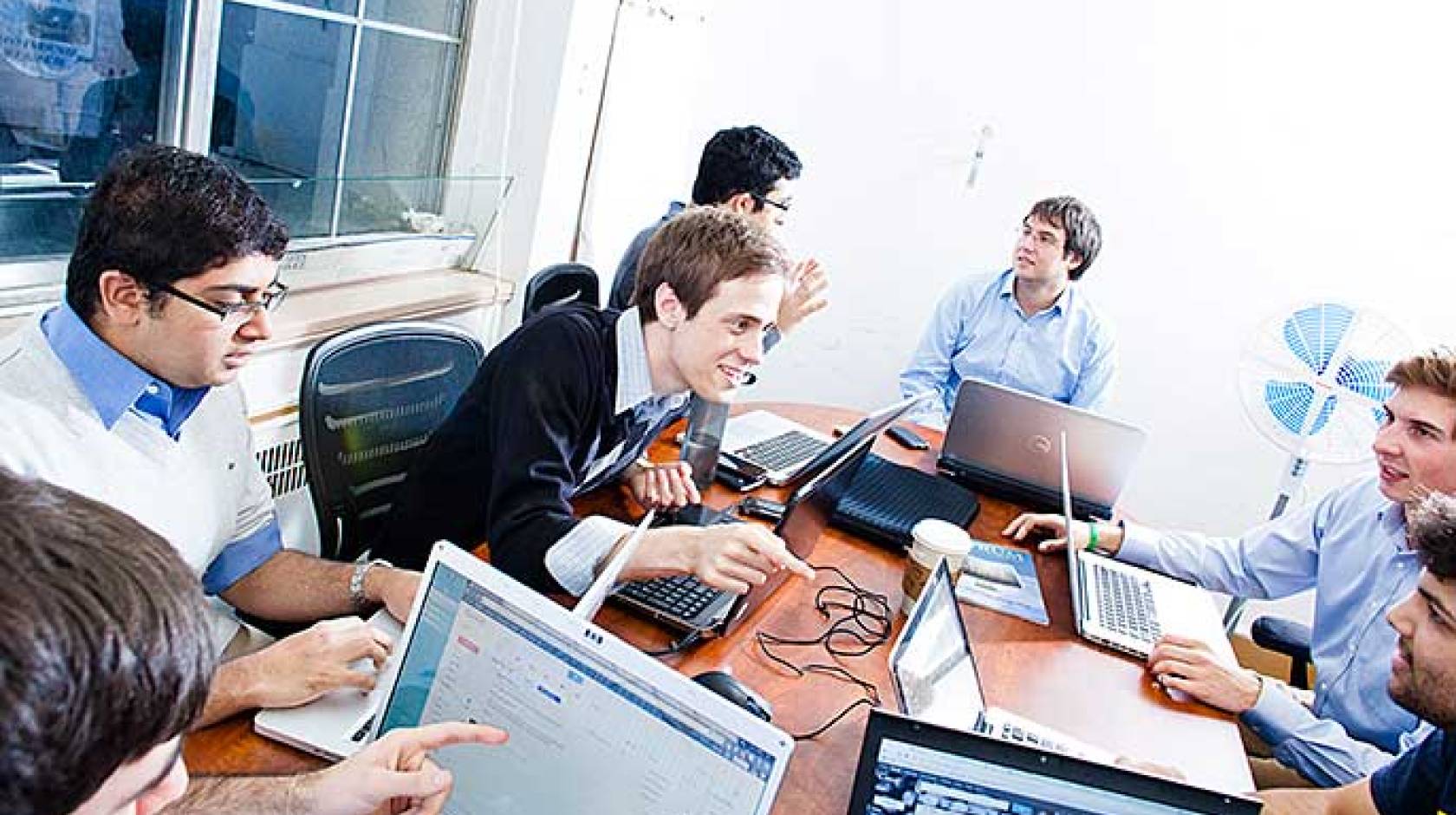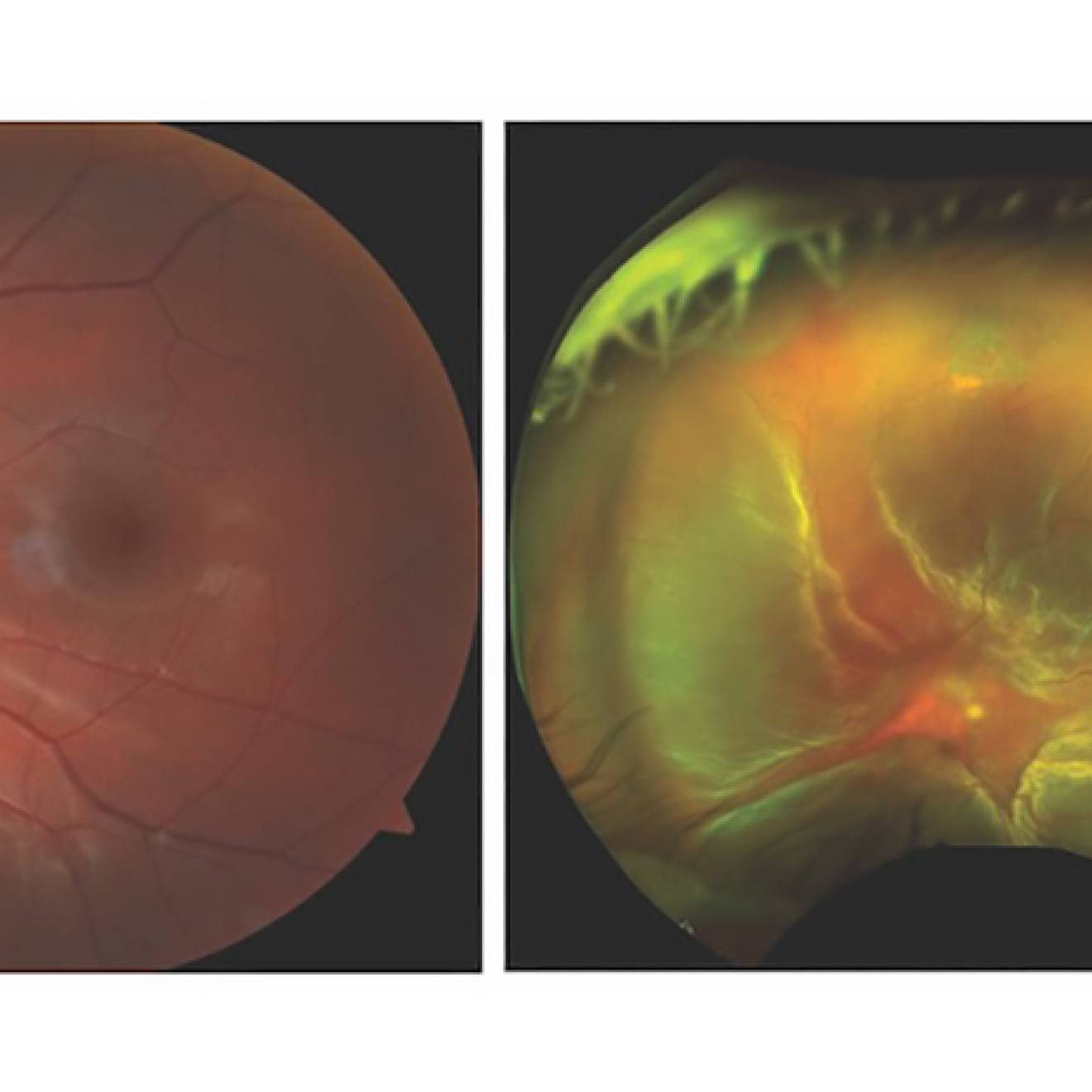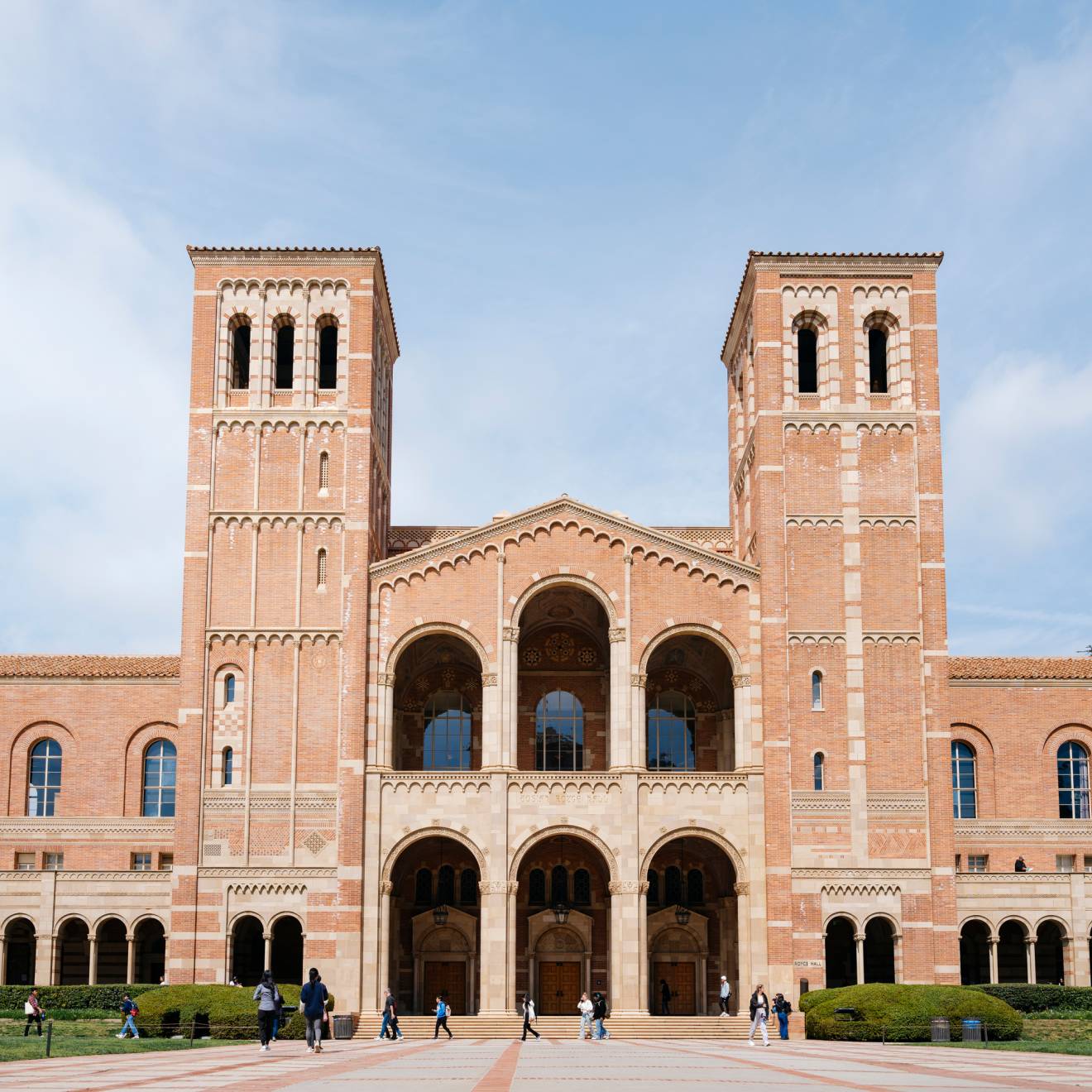Nicole Freeling, UC Newsroom

From connecting freshmen with their new classmates to directing students toward little-known library resources, the digital universe has become as integral to student life as musty study carrels and leafy quads. And that's a good thing: Emerging digital applications offer a powerful array of tools to improve graduation rates, provide enhanced student services and open up new possibilities in classroom instruction.
Looking to tap into more ways that technology can enhance rather than supplant the campus experience, University of California leaders convened a summit in San Francisco last week with other higher education experts and representatives of leading-edge tech companies.
Participants discussed technologies that can help universities do even better at things they already do well: Connect students to educational opportunities and services. Build a curriculum based on real-time data about student learning. Invigorate classrooms by giving faculty ways to spend less time talking and more time interacting with students.
Higher education needs to move beyond the rhetoric of “bricks versus clicks” to focus on ways that technology can help students learn and achieve more, said UC President Janet Napolitano, as she opened the discussion at the Oct. 24 summit.
“All too often, the discussion about the role of higher education remains stuck in a false dichotomy — one that sets the basic model of higher education in opposition to new advances in technology.”
Your brain on tech
Technology has permeated every aspect of how students today engage with and learn about the world, said keynote speaker Gary Small, professor of psychiatry and biobehavioral sciences at UCLA. There is even some evidence that our interaction with technology has begun changing the structure of the human brain itself, he said.
Some studies have found that cognitive functions, such as memory, appear to increase among people who spend a lot of time online; while others, such as being able to read emotions, decrease, he said.
Small described a “brain gap” between today’s youth, who use technology instinctively, and “digital immigrants,” who have not grown up with the technology.
It is a challenge that some faculty, looking to incorporate technology into the classroom, admitted to having experienced first-hand.
“Students are already using technology in a variety of ways, and they’re doing it effectively and creatively,” said UC Irvine political professor Richard Matthew. “How do digital immigrants use these technologies to serve digital natives?”
New models for learning
Attendees heard from leading practitioners of emerging education models such as massive open online courses (MOOCs) and the so-called flipped classroom, in which students view the lecture portion of the class online on their own time, and use class time for discussing and applying what they’ve learned.
“This is not about how we hire fewer teachers, but how we make the teacher more valuable,” said Jon Bergmann, chief learning officer at TurnAbout Learning and a leading innovator of the flipped classroom approach. “It’s about getting away from the front of the class and getting out among the students.”
Implementing such a shift means investing time to rethink the way courses are presented, and possibly even the physical space of the lecture hall. “The biggest hurdle isn’t cost,” he said. “It is to flip the mind of the instructors.”
The flipped concept is one that resonated with UC Riverside faculty member James Burnette. He was at the conference to get ideas he could implement as part of the “Dynamic Genome,” a groundbreaking science-teaching approach that gives Riverside freshman access to research experiences usually reserved for those in upper division classes. “If we could deliver the background information online, we could use more of the precious class time on the practice of research — which is what science is all about and what makes science exciting.”
Tools for success
Participants also heard about how UC campuses and other institutions are using the flood of data that new technologies make available to help students graduate on time, and to identify curriculum and course sequences that foster student success.
“They can now do things you’ve always wished you could do, to find out what are the predictive variables that determine students at risk for delayed graduation,” said Paul Lyons, associate dean of UC Riverside School of Medicine. If universities can spot patterns showing that students who take courses in a certain order struggle more than others, they can use that to help students plan better. “That could have a huge payoff.”
Will today’s cutting-edge technologies transform higher education? The answer, according to speaker Ben Wildavsky, director of higher education studies at the State University of New York: It depends.
A former San Francisco Chronicle reporter who has written books on technology in higher education, Wildavsky observed that solutions and innovations “don’t always come in neat packages.” He pointed to examples including San Jose State’s experiment with MOOCs, and UC’s early forays into online education. Just as in research, the failure in one application of technology often lays the groundwork for its effective use in another way.
“The future isn’t ‘either/or,’ it’s ‘both/and,’” Wildavaky said. “We’re in a period of experimentation. There are so many possibilities, and it’s going to take some time to figure it out.”

